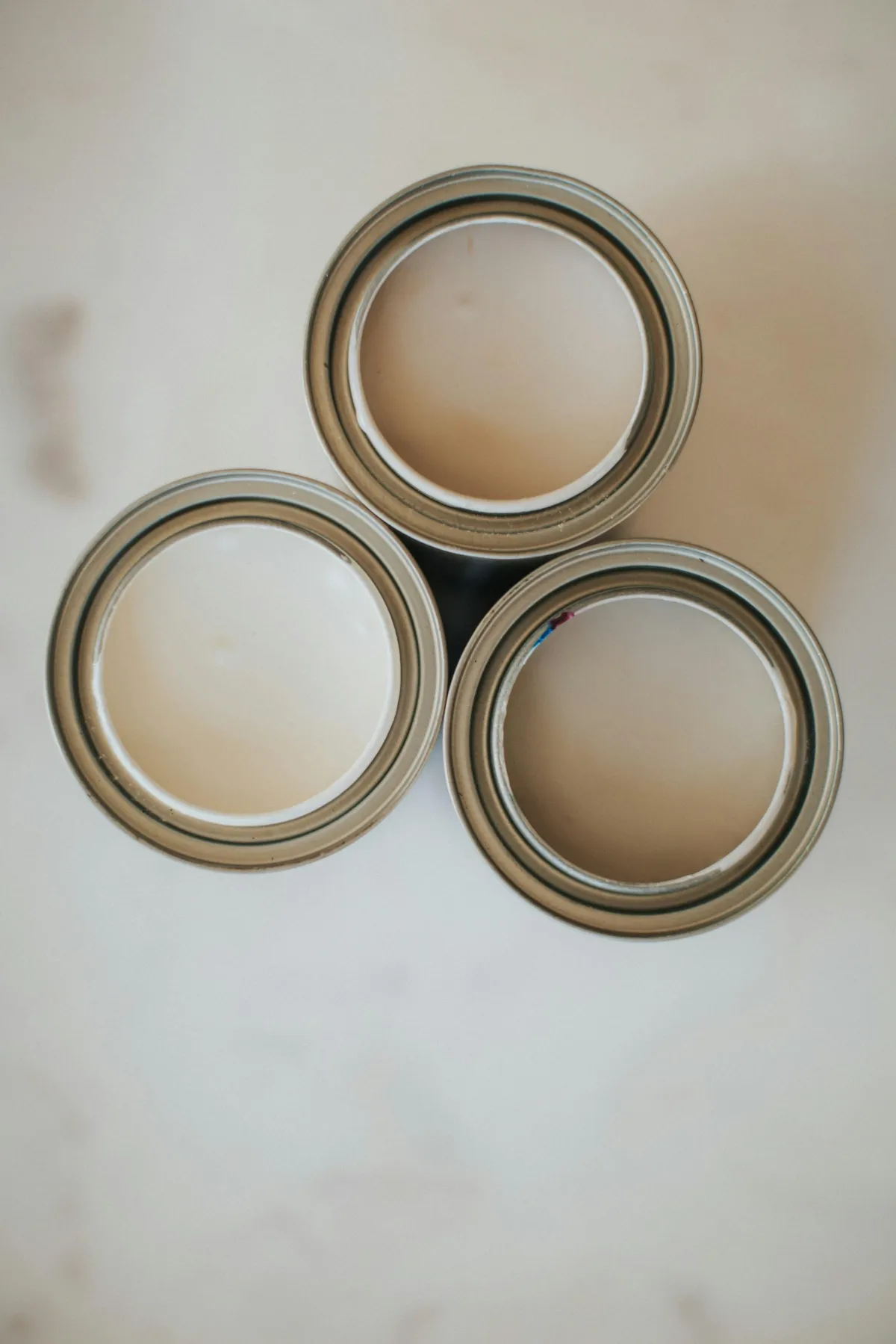Blog
Servicing the East Toronto, York and Durham Regions

Guide to Different Types of Primers for Painting Projects: Oil-Based, Water-Based & More
Demystifying Primers: A Guide to Understanding Different Types for Painting Projects
Introduction:
Primer may seem like a minor detail in the grand scheme of a painting project, but its role is paramount in achieving a flawless finish that lasts. Primers act as the foundation, providing adhesion, sealing surfaces, and enhancing the durability of the paint job. However, not all primers are created equal, and understanding the different types available is essential for selecting the right one for your specific needs. In this blog post, we'll explore the various types of primers used in painting projects and their unique benefits.
Oil-Based Primers
Oil-based primers, also known as alkyd primers, are a traditional choice for many painting projects. They offer excellent adhesion and sealing properties, making them ideal for use on surfaces such as wood, metal, and previously painted surfaces. Oil-based primers are known for their ability to block stains, tannins, and odors, making them particularly suitable for covering up water stains, smoke damage, and other stubborn discolorations. However, they have a strong odor, longer drying times, and require mineral spirits for cleanup, which may not be ideal for all environments.
Water-Based Primers
Water-based primers, also known as latex primers, have gained popularity in recent years due to their low odor, fast drying times, and easy cleanup with water. They provide excellent adhesion and sealing properties on a variety of surfaces, including drywall, plaster, and previously painted surfaces. Water-based primers are ideal for interior painting projects and are available in both primer-sealer combinations and stain-blocking formulas. They offer good resistance to mildew and mold, making them suitable for high-moisture areas like kitchens and bathrooms.
Shellac-Based Primers
Shellac-based primers, also known as alcohol-based primers, are prized for their exceptional adhesion and stain-blocking properties. Made from natural shellac resin dissolved in alcohol, these primers create a solid barrier that effectively seals porous surfaces and prevents stains from bleeding through. Shellac-based primers are particularly useful for covering up stubborn stains such as water damage, smoke damage, and pet odors. They dry quickly and can be recoated in as little as an hour, making them a convenient option for fast-paced painting projects.
Bonding Primers
Bonding primers are specially formulated to promote adhesion on challenging surfaces that are typically difficult to paint, such as glossy or slick surfaces, ceramic tiles, and plastics. These primers contain additives that create a strong bond between the surface and the paint, ensuring long-lasting results. Bonding primers are often used as a preparatory step before applying paint to ensure proper adhesion and durability, especially in high-traffic areas or exterior surfaces exposed to harsh weather conditions.
Multi-Surface Primers
Multi-surface primers are versatile options designed to adhere to a wide range of surfaces, including wood, metal, drywall, and masonry. These primers offer convenience and flexibility, allowing you to tackle multiple painting projects with a single product. Multi-surface primers typically provide good adhesion and sealing properties, making them suitable for various interior and exterior applications. They are available in both oil-based and water-based formulas to suit different preferences and requirements.
Conclusion
Choosing the right primer is essential for achieving professional results in any painting project. Whether you're covering up stains, sealing porous surfaces, or promoting adhesion on challenging substrates, there's a primer available to meet your specific needs. By understanding the different types of primers and their unique benefits, you can make informed decisions and ensure a flawless finish that stands the test of time. Whether you opt for oil-based, water-based, shellac-based, bonding, or multi-surface primers, investing in quality primers is a crucial step towards achieving the perfect paint job.
Book an estimate appointment

647-370-7239
michaelcappa@altonapainting.com
Scarborough, ON
